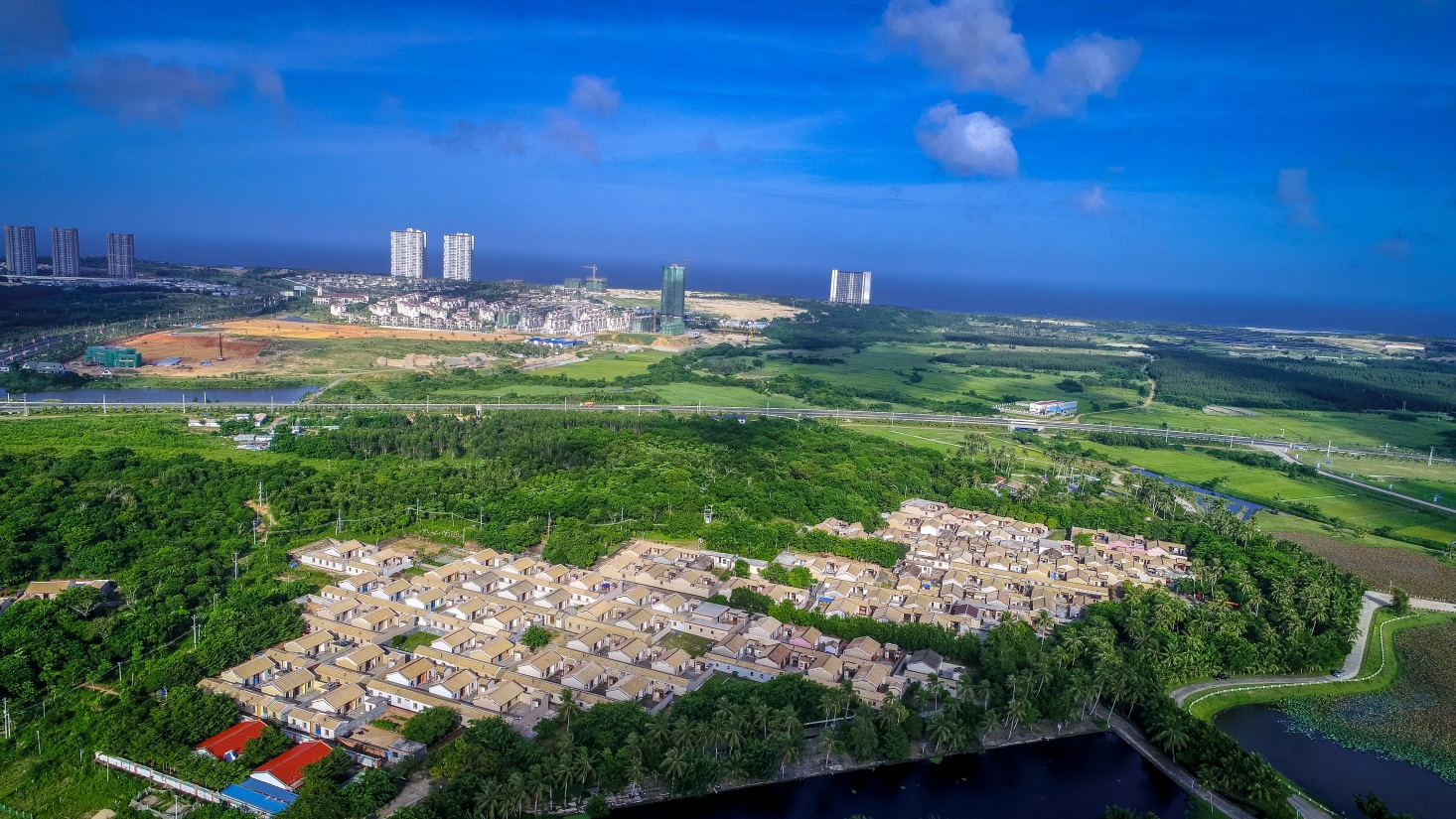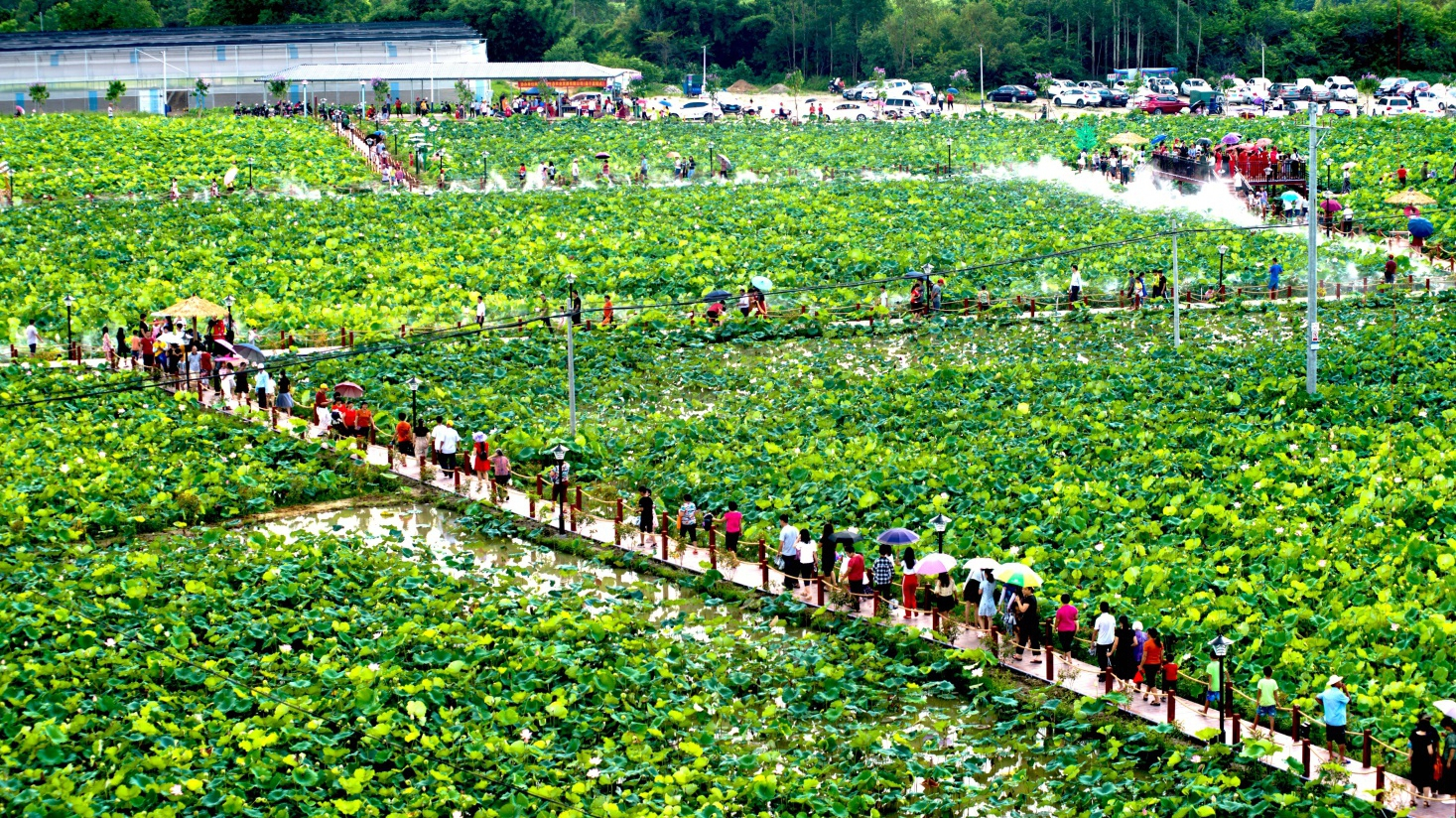
15:39, 10-Sep-2019
Full episode - Why is rural vitalization so important to China's development?

By Robert Lawrence Kuhn
It was in 2017, as one of the highlights of the 19th CPC National Congress, that CPC General Secretary Xi Jinping first gave the directive to "implement the strategy of rural vitalization". He called it a major strategy that would have fundamental impact on the nation.
What is this strategy? What are its basic elements, its characteristics? What's its ultimate goal?
And why now, after decades of concern about its rural areas, is China giving such priority to rural vitalization? Moreover, given China's huge population, vast territory, regional differences, and large gaps and disparities, what challenges does rural vitalization face?
What are the critical success factors? It has been almost two years since rural vitalization was elevated to highest priority, what has been happening?
To appreciate the importance of rural vitalization, one must recognize its historical roots. Rural reform was the cradle of reform. It has been a perennial topic at every Party Congress and, year after year, at every annual meeting of the nation's highest legislative and consultative bodies.

Lotus festival with a theme of rural vitalization, held in Luhe County of Shanwei City, Guangdong Province/ VCG Photo
Lotus festival with a theme of rural vitalization, held in Luhe County of Shanwei City, Guangdong Province/ VCG Photo
A leading rural expert told me: "Historically, few countries, by the time they have reached the middle phase of industrialization, would still be plagued by agricultural issues." As land values skyrocketed, great wealth was created in urban areas. Farmers had 30-year leases, which allowed them to farm, but because few were able to monetize the land, the wealth gap between urban and rural areas was exacerbated.
The CPC came to power supported by peasants and farmers. Yet, farmers could not own their own farmland, according to socialist ideology at the time, the country as a whole, not the people in the country, owned the land.
Everyone knows this must be rectified. Currently, pilot programs enable rural land-use rights to be transferred via markets, enabling farmers to sub-contract, lease, exchange or swap their land-use rights, or join shareholding entities with their farmland, all of which generates new income for farmers, all without abandoning ultimate state ownership.
The Party's target date for rural vitalization is 2035: I find fascinating the collection of characteristics describing rural vitalization: thriving businesses, pleasant living environments, social etiquette and civility, effective governance, and prosperity.
SITEMAP
Copyright © 2018 CGTN. Beijing ICP prepared NO.16065310-3
Copyright © 2018 CGTN. Beijing ICP prepared NO.16065310-3